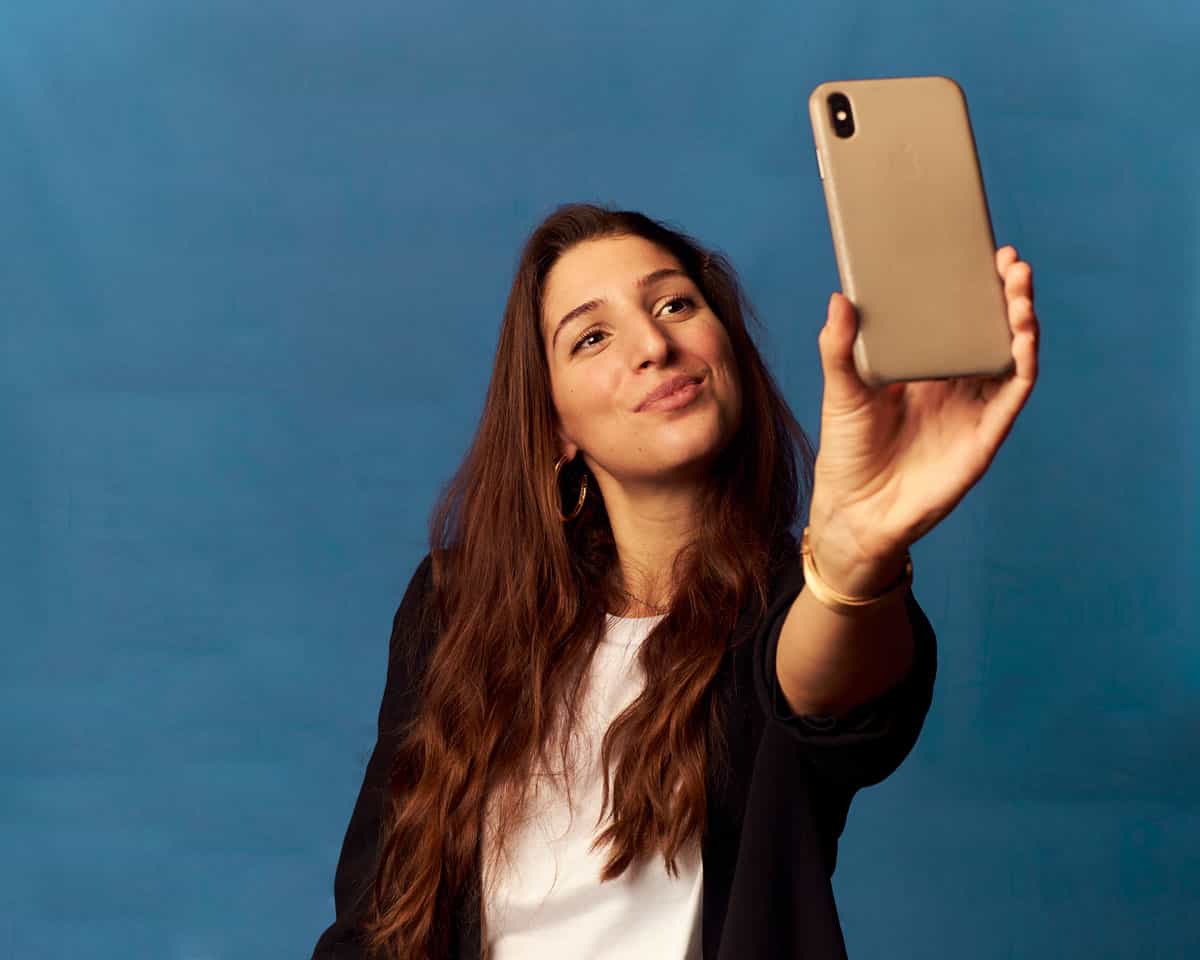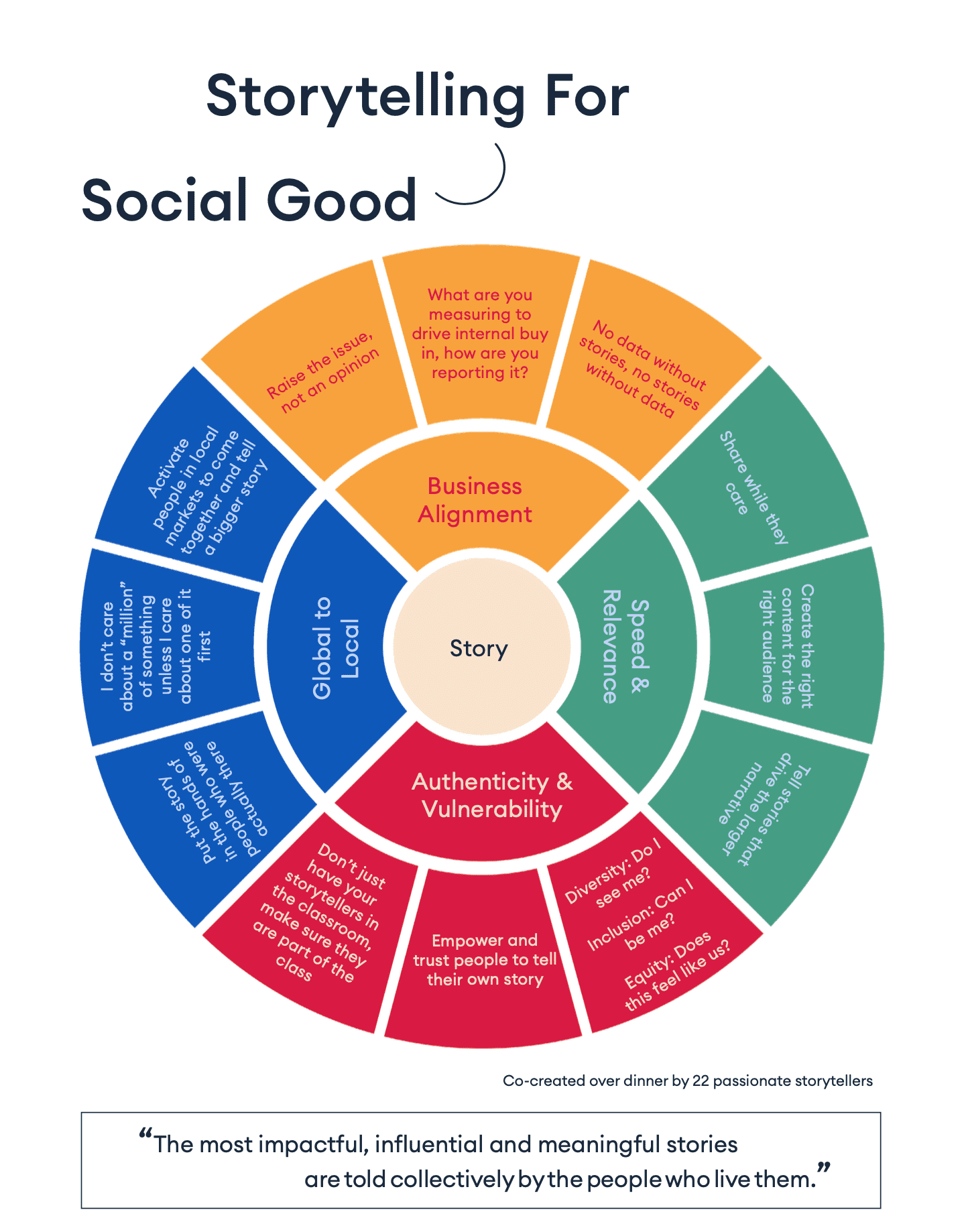Now more than ever, people seek to align themselves with brands who have a social conscience.
Today, trust isn’t won by profits - it’s earned through a commitment to social change, whether that’s diversity & inclusion or environmental responsibility. The good news? Anyone within a business who is dedicated to driving this change has an opportunity to lead the charge. Comms specialists, HR teams, CSR professionals all the way to business leaders are all equipped with the power to build trust. Their secret weapon: storytelling.
Through storytelling, brands are uniquely placed to make the invisible visible - be it the challenges of diverse employees or the impact of harmful processes on the planet. At Seenit, we’ve been helping brands to inspire action through user-generated video, compiling a multitude of voices into powerful stories that earn trust with an audience.
We’ll deliver our latest content straight to your inbox
If your ambition is to become a pioneer of positive change (as it should be), the stories you tell should tick off the following key points:
Business alignment
It’s all well and good to commit to championing an important cause such as diversity and inclusion - however, a commitment to socially responsible practices isn’t you should be raising as an opinion, but as a highly urgent issue that the business must address if it is to succeed.
If your stories are put in a silo, they risk being left behind. That’s why aligning your stories with wider business goals is essential. Their performance should be bound with the business plan and treated as a requirement for success. Unfortunately, without tangible data and reporting system, stories are simply good intentions. Make sure you measure your stories against metrics your business uses to measure growth: that way, they won’t be seen as a “nice to have” but a critical part of your business’ strategy.
Speed and relevance
To have an impact, let people share their stories. By amplifying the voices of ordinary individuals, you invite your audience into the story and give them something to relate to. When building the narrative, use relatable stories to introduce larger causes such as D&I, BLM or Climate Change. The more your audience can see themselves in your story, the more likely they are to hear the core message you’re trying to convey. From here, you’re far more likely to get the buy in you need to bring about meaningful change.
When it comes to corporate storytelling for social good, timing is everything. There’s no use trying to communicate a message when your audience’s attention is divided. When the focus is placed on the cause, seize the opportunity to tell your story - the impact will be far greater and, in turn, so too will be the outcome.
Authenticity and vulnerability
In the words of our founder, Emily Forbes:
“The most impactful, influential and meaningful stories are told collectively by the people who live them.”
The more authentic your message, the more potential it has to cut through the noise, educate your audience and raise awareness of a particular cause. This in mind, your storytellers shouldn’t just be in the classroom, they should be leading the class. Flip the traditional top-down comms strategy on its head and empower the people in your organisation to tell their own story.
Don’t be afraid to shine a light on the difficult topics - embrace them, and let your people tell the truth about their experiences. The outcome is content that comes from the heart and speaks to people in your audience who have shared similar experiences.
Global to local
Before diving straight into the wider narrative, introduce and explore the experiences of one individual. It is here that a meaningful connection to the message is made: by giving them the opportunity to put themselves in the shoes of the individual, your audience will be empathetic to the greater cause and the experiences of the millions of others in similar situations across the world.
Set up the story by giving people in your local community a platform to share their experiences. Together, their experiences can be compiled to tell a bigger story - one that triggers an emotional response from its audience and inspires action.
At Seenit, our passion lies in giving brands the tools to tell stories for social good. Today, our video crowdsourcing platform is being used worldwide by businesses to drive change through their internal and external comms strategies. Together, we can unlock the potential of the powerful stories hidden in your business and bring them into the spotlight to inspire change.





